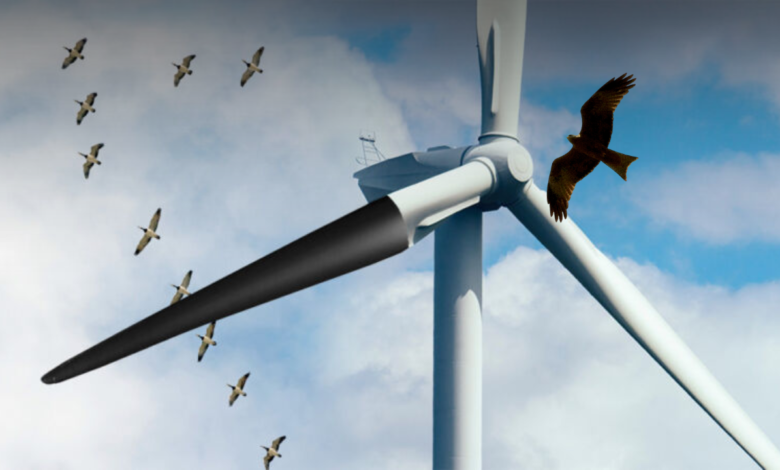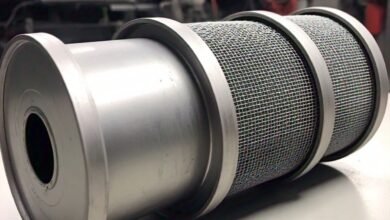What Danger Does Wind Turbines Have to Bats and Birds Exploring the Risks and Solutions

What Danger Does Wind Turbines Have to Bats and Birds This is a big question for nature lovers and scientists as wind power grows around the world. While wind turbines create clean energy, they also pose risks to flying animals. Birds and bats often collide with turbine blades, and the numbers are troubling. For example, thousands of bats and birds die every year because of these collisions.
Bats and birds play important roles in keeping nature balanced. Bats eat insects, help plants grow by spreading seeds, and pollinate flowers. Birds help control pests and keep ecosystems healthy. Losing too many of these creatures can hurt our environment. But there’s hope! Scientists and wind energy companies are working together on smart solutions to keep bats, birds, and turbines safe.
What Danger Does Wind Turbines Have to Bats and Birds
Wind turbines are a great source of clean energy, but they can harm bats and birds. These animals often collide with the large spinning blades, leading to serious injuries or even death. Scientists are now studying the dangers and looking for ways to make wind energy safer for wildlife.
The risks are not small. Thousands of bats and birds die every year because of wind turbines. While turbines are important for fighting climate change, we must also protect the animals that share our skies. Understanding these dangers is the first step toward a solution.
Why Are Bats and Birds Important for Nature
Bats and birds are nature’s helpers. Bats eat insects like mosquitoes, which keeps the bug population under control. They also help plants by spreading seeds and pollinating flowers. Birds, on the other hand, keep pests away from crops and bring balance to the ecosystem.
If too many bats and birds die, it can cause problems for the environment. For example, fewer bats might mean more insects eating crops, leading to more use of pesticides. Protecting these animals helps both nature and humans.
We often overlook how much these creatures do for us. Learning about their role in nature reminds us why their safety matters so much.
How Wind Turbines Affect Bat Populations
Bats are more at risk than birds when it comes to wind turbines. For some reason, bats are attracted to turbines, which puts them in danger. They may think the towers are places to rest or find food.
When bats fly too close to the blades, they can be struck and killed. This is a big problem because bats reproduce slowly. Most species have only one baby a year, which makes it hard for their populations to recover.
Scientists are working on ways to keep bats away from turbines. By using sounds or lights that bats don’t like, we might be able to save many lives.
Bird Collisions: Which Species Are Most at Risk
While all birds face risks, some are more vulnerable than others. Birds of prey, like eagles and hawks, are often hit by turbines. These birds hunt in open areas, which are the same places where wind farms are built.
Ridge tops and migration paths are especially risky. Birds traveling long distances might not notice the spinning blades in time. Slower birds or those with poor eyesight are also at higher risk.
To help, experts suggest careful planning when placing wind farms. Avoiding bird-heavy areas can reduce the chances of collisions.
What Scientists Are Doing to Prevent Collisions
Experts are coming up with smart ways to reduce the risks for bats and birds. One method is called curtailment. This means stopping turbines when bats are most active, like on calm nights.
Another idea is using sounds to keep bats away. High-pitched noises that only bats can hear can make them stay clear of turbines. For birds, painting one blade black can make turbines more visible. Tests show this simple trick can save many lives.
These solutions are not perfect, but they are a step in the right direction. With more research, we can find better ways to protect our flying friends.
Conclusion
Wind turbines are great for clean energy, but they can harm bats and birds. These animals are important for nature, helping with pest control and plant growth. We need to find ways to keep them safe while using wind power.
By using smarter designs, turning turbines off at certain times, and using technology, we can protect wildlife. If everyone works together, we can make sure wind energy is safe for bats, birds, and our planet.
FAQs
Q: What danger does wind turbines have to bats and birds?
A: Wind turbines can harm bats and birds by hitting them with their blades. This causes injuries or death, especially in areas with high bat or bird activity.
Q: Why are bats more at risk near wind turbines?
A: Bats are attracted to turbines, possibly thinking they are places to rest or find food. This puts them closer to the spinning blades, increasing the chance of collisions.
Q: How can we stop birds and bats from getting hurt by turbines?
A: Using solutions like curtailment (stopping turbines during risky times), sounds that scare bats, and painting blades to make them more visible can help protect wildlife.
Q: Which birds are most affected by wind turbines?
A: Birds of prey, like eagles and hawks, are often most at risk because they hunt in open areas where wind farms are common.
Q: What is curtailment, and how does it help bats?
A: Curtailment means stopping turbines when bats are most active, such as on calm nights. This reduces the number of bats hurt by turbine blades.



